When my concentrated mind was purified, I directed it to the knowledge of the recollection of past livesThe Buddha on the night of his enlightenment
Associated with the living traditions of folk tale, drama and epic, the Jatakas recount the development of the Bodhisattathe being destined to become the present Buddha in his final lifenot just through the events of one lifetime but of hundreds. Written in Pali, the language of the Theravada Buddhist canon, the Jatakas comprise one of the largest and oldest collections of stories in the world dating from the fifth century BCE to the third century CE . Generations in South and South-east Asia have grown up with these tales.
This volume contains twenty-six stories drawn from various ancient sources, and each story reflects one of the ten perfectionsgiving, restraint, renunciation, wisdom, strength, acceptance, truthfulness, resolve, loving kindness and equanimity. A detailed introduction elaborates on the ten perfections, explains the forms of enlightenment as well as the structure, and the historical and geographical contexts of the stories. Sarah shaw brings to life the teachings of Buddhism for the scholar and lay reader alike.
Translated, with an introduction, by SARAH SHAW
Cover: Illustration of Rescue at Sea (Ms. Pali a.27R)
Bodleian Library, University of Oxford
PENGUIN  CLASSICS
CLASSICS
THE JATAKAS
SARAH SHAW was educated at Manchester University, where she read Greek and English. She did her doctorate in English Literature there and went on to the study of Pali and Sanskrit in Oxford. She has written a book about meditation in the Pali canon, which is being published as part of a series in connection with the Oxford Centre for Buddhist Studies. She is a teacher and writer and is married with three children. A Buddhist for some years, she practises with the Samatha Association in Britain.
THE JATAKAS
Birth Stories of
the Bodhisatta
Translated from the Pali by
SARAH SHAW
PENGUIN BOOKS
Published by the Penguin Group
Penguin Books India Pvt. Ltd, 11 Community Centre, Panchsheel Park, New Delhi 110 017, India
Penguin Group (USA) Inc., 375 Hudson Street, New York, New York 10014, US A
Penguin Group (Canada), 90 Eglinton Avenue East, Suite 700, Toronto, Ontario, M4P 2Y3, Canada (a division of Pearson Penguin Canada Inc.)
Penguin Books Ltd, 80 Strand, London WC2R 0RL, Englan d
Penguin Ireland, 25 St Stephens Green, Dublin 2, Ireland (a division o f Penguin Books Ltd)
Penguin Group (Australia), 250 Camberwell Road, Camberwell, Victoria 3124, Australia (a division of Pearson Australia Group Pty Ltd)
Penguin Group (NZ), 67 Apollo Drive, Rosedale, North Shore 0632 , New Zealand (a division of Pearson New Zealand Ltd)
Penguin Group (South Africa) (Pty) Ltd, 24 Sturdee Avenue, Rosebank, Johannesburg 2196, South Africa
Penguin Books Ltd, Registered Offices: 80 Strand, London WC2R 0RL, England
First published by Penguin Books India 200
This translation copyright Sarah Shaw 200
Cover image courtesy Bodleian Library, University of Oxford
All rights reserved
ISBN 978-01-4400-147-7
This Digital Edition published 2010. e-ISBN: 978-81-8475-034-8
Digital conversion prepared by DK Digital Media, India.
This e-book is sold subject to the condition that it shall not, by way of trade or otherwise, be lent, resold, hired out, or otherwise circulated without the publishers prior written consent in any form of binding or cover other than that in which it is published and without a similar condition including this condition being imposed on the subsequent purchaser and without limiting the rights under copyright reserved above, no part of this publication may be reproduced, stored in or introduced into a retrieval system, or transmitted in any form or by any means (electronic, mechanical, photocopying, recording or otherwise), without the prior written permission of both the copyright owner and the above-mentioned publisher of this e-book.
This book is dedicated to
the memory of my parents,
Hamish and Kathleen Bremner
Acknowledgements
If Jatakas were being written now there would have to be one about generosity in the giving of time. I have often had the benefit of this kind while working on these translations. So I would like to thank L.S. Cousins, past president of the Samatha Trust and the Pali Text Society, for teaching me for many years and for helping me out. I would also like to thank Professor Richard Gombrich for his teaching over the last few years. Both have influenced and taught me so much that the debt cannot be covered fully by footnotes. Dr Justin Meiland has also often given a great deal of useful comment, both on points of translation and about Jatakas in general. Other people I would like to thank for reading sections or giving comments are Ven. Dhammasami, Dr John Elsner, Dr Susan Francia, Sarah Norman, Dr Valerie Roebuck, Professor Grevel Lindop and Dr Peter Skilling. My editor, Sumitra Srinivasan, has been very helpful and alert to inconsistencies. The staff and librarians at the Oriental Institute and the Indian Institute libraries have also always been helpful. My greatest thanks are to my family, my husband, Charles, and children, Jeremy, Roland and Lucy. My dog, Bramble, who died while I was completing the script, was a reminder to me that animals can help to keep us human.
List of abbreviations
| A | Anguttaranikaya |
| Cp | Cariyapitaka |
| CPD | Critical Pali Dictionary |
| D | Dighanikaya |
| DhS | Dhammasangani |
| DP | Dictionary of Pali |
| DPPN | Dictionary of Pali Proper Names |
| J | Jataka |
| M | Majjhimanikaya |
| PED | PaliEnglish Dictionary |
| PTS | Pali Text Society |
| S | Samyuttanikaya |
| SED | SanskritEnglish Dictionary |
| Sn | Suttanipata |
| Vin | Vinaya |
| Vism | Visuddhimagga |
| VRI | Vipassana Research Institute |
A note on the texts
The text I have used is the Pali Text Society (PTS) transliteration into Roman script compiled by Fausbll in the nineteenth century, which he based initially on three Sinhalese manuscripts. This sometimes simplifies and avoids a potentially authentic difficult reading but is very useful where the Palili is obscure in the PTS version. Many scholars now use this as their working text.
It is surprising that there has been no complete translation of the 547 tales since the late nineteenth-century edition of six volumes was undertaken under the general editorship of E.B. Cowell. So a word of praise should go to this often maligned but heroic endeavour, now over a hundred years old. The style, particularly that of the verses, which were then ambitiously placed in rhyme, is replete with the leagues, eftsoonsand forsooths that characterized Victorian storytelling. Our taste for archaisms has gone but the very existence of translations for all the Jatakas is a testament to the enthusiasm of scholarship at that time. I do not suppose any university or funding body would support such a project now. The stories are easily obtainable from the Pali Text Society in Oxford. Its introduction, by Richard Gombrich, is also the best short essay available on the background to all the Jatakas.




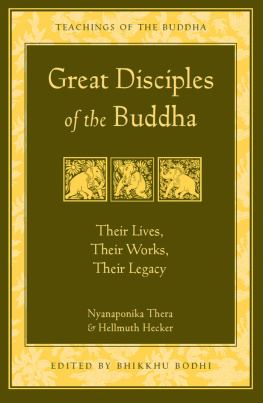
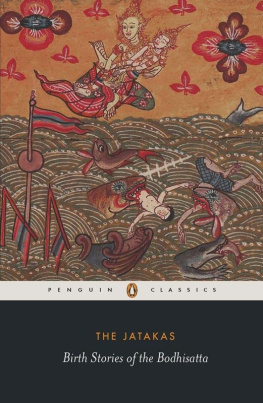
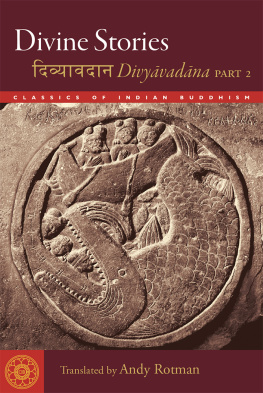
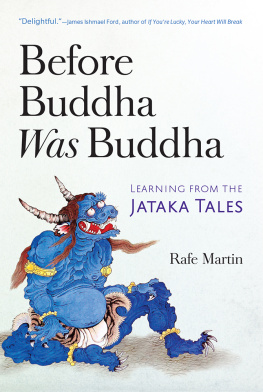
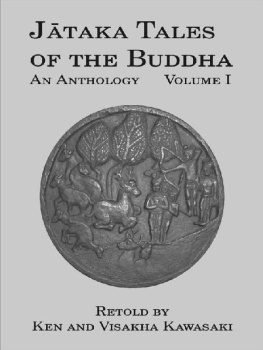
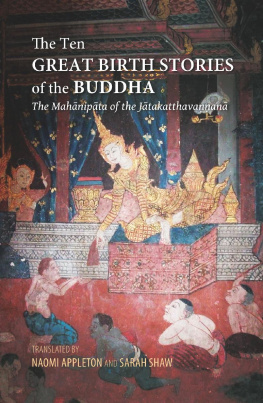
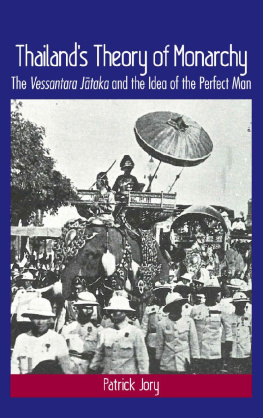
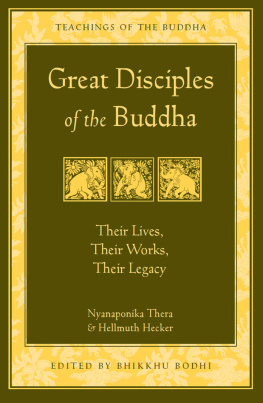
 CLASSICS
CLASSICS